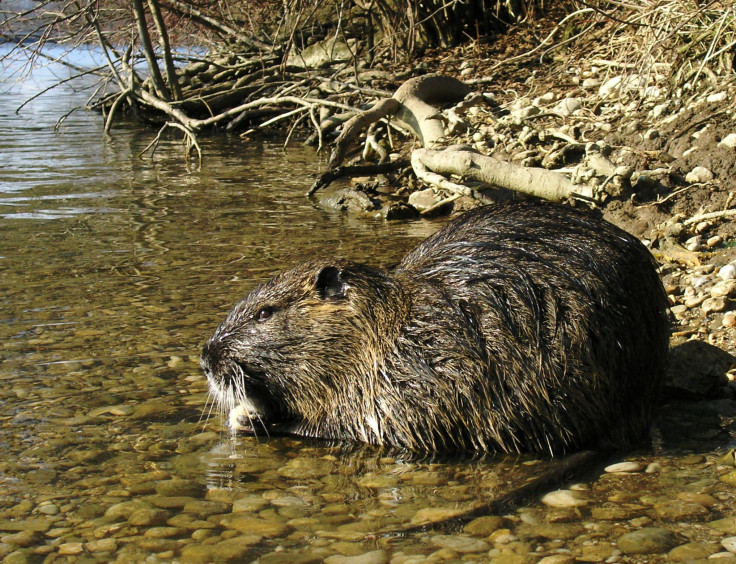The ‘Island Rule’ And Giant Rodents: Study Finds Where The World’s Biggest Rats And Mice Really Reside

Where can you find the world’s largest hamster or the planet’s biggest squirrels? That was the question U.S. researchers set out to answer when they began analyzing global rodent size data. The new research, published Monday and funded by the National Science Foundation, found that the biggest rodents were on islands and sometimes grew to be twice as large as their mainland counterparts, a trend that was largely consistent with what scientists have dubbed the “island rule.”
The samples included everything from mice and hamsters to rats and porcupines and spanned more than 1,000 rodent populations all over the world. On Gough Island, located in the South Atlantic Ocean 3,000 miles from the coast of South Africa, mice had doubled in size in the short time since British sailors brought them there in the 19th century. On Santa Catalina Island off the coast of California, ground squirrels’ waistlines have expanded greatly in the absence of predators and with no other comparable rodent species to compete with for resources.
The study of animal gigantism – the tendency of species that are isolated on islands with no predators to grow rapidly – has been applied to mammal species, but rarely have scientists studied the phenomenon in rodents, according to the new study published in the journal Proceedings of the Royal Society B. The study is titled “Mainland size variation informs predictive models of exceptional insular body size change in rodents,” which is a longwinded way of describing the so-called island rule, which says that small animals isolated on islands will evolve to be larger, while larger animals will actually shrink.
“Deer mice…are nearly twice as big on the Gulf Islands off the coast of Vancouver than on the North American mainland,” said Paul Durst, a former biologist at Duke University in Durham, North Carolina, which led the study, in a statement. Durst now works as a postdoctoral fellow at the University of North Carolina at Chapel Hill.
The rodents studied ranged in size from the .2 ounce harvest mouse, a small rodent native to Asia and Europe, to the almost 50 pound North American beaver, the largest rodent on the continent. Researchers found that the island rule applied to rodents just like it did mammal species and could help scientists better understand rodent evolution.
However, not all rodent growth was true gigantism. True genetic differences take thousands of years to achieve. “The important thing to understand is that packing on a few extra ounces over a couple years doesn’t make a giant – it just makes a fat squirrel,” the Catalina Island Conservancy noted of its giant ground squirrels.
© Copyright IBTimes 2025. All rights reserved.






















